Home>Articles>What Is The Best Material For A Bathroom Vanity Top
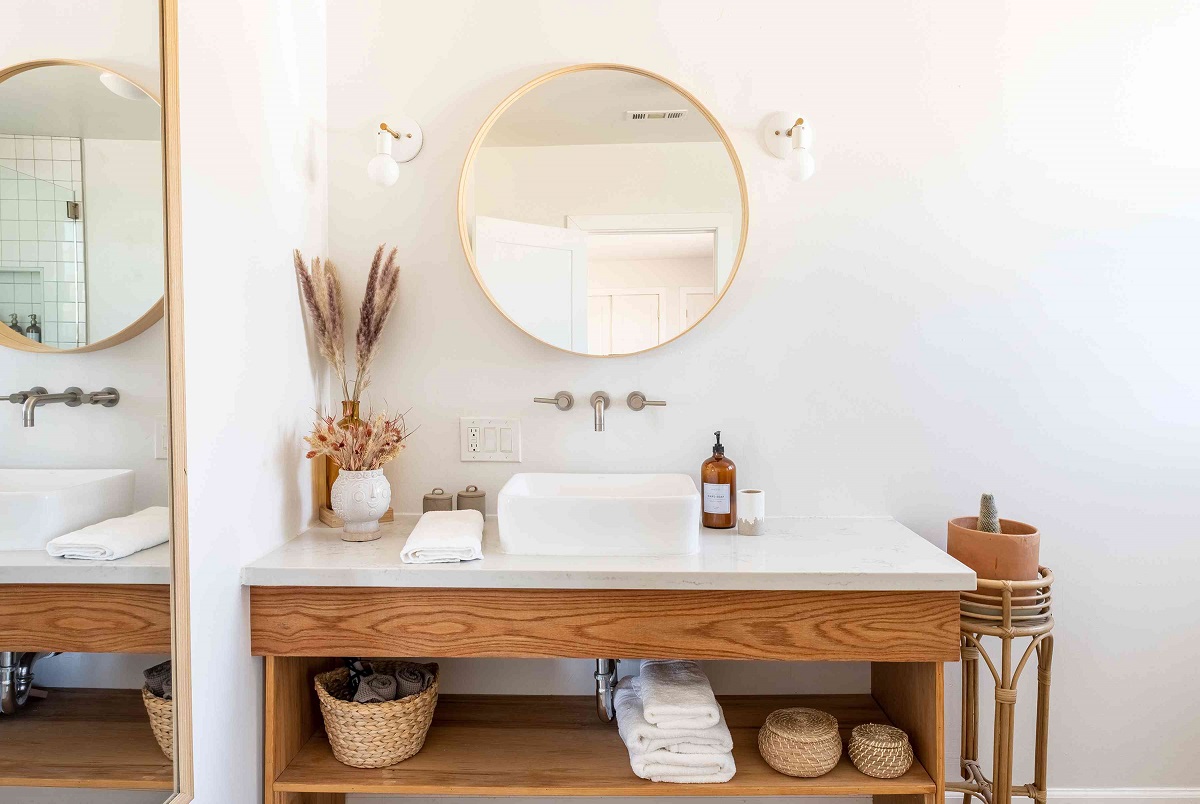

Articles
What Is The Best Material For A Bathroom Vanity Top
Modified: January 6, 2024
Discover the top materials for bathroom vanity tops in our comprehensive article. Find the best options for durability, style, and maintenance.
(Many of the links in this article redirect to a specific reviewed product. Your purchase of these products through affiliate links helps to generate commission for Storables.com, at no extra cost. Learn more)
Introduction
Choosing the best material for a bathroom vanity top is crucial as it not only enhances the aesthetic appeal of your bathroom but also determines its durability and functionality. With a variety of materials available in the market, each with its own unique features and benefits, it can be a daunting task to make the right choice. In this article, we will explore the different materials for a bathroom vanity top and help you find the perfect fit for your bathroom.
When selecting a material for your bathroom vanity top, there are several factors to consider. These include durability, resistance to moisture and stains, ease of maintenance, cost, and overall aesthetics. Let’s dive into the various options:
Key Takeaways:
- Marble and granite offer luxurious and timeless options for bathroom vanity tops, with natural beauty and durability. However, they require regular maintenance and can be more expensive compared to other materials.
- Quartz and solid surface provide low maintenance and versatile choices, offering durability, resistance to stains and moisture, and a wide range of design options to suit any bathroom style.
Read more: What Type Of Caulk For A Vanity Top
Marble
Marble is a timeless and luxurious choice for a bathroom vanity top. Its natural beauty, unique veining patterns, and lustrous finish make it a highly sought-after material. The elegance and sophistication that marble brings to a bathroom can elevate the overall look and feel of the space.
One of the key advantages of marble is its durability. It is a long-lasting material that can withstand daily wear and tear. However, it is important to note that marble is a porous stone, which means it is susceptible to staining. Regular sealing and proper maintenance can help minimize this risk.
In terms of maintenance, marble requires gentle care. Harsh chemicals and abrasive cleaners should be avoided as they can etch or damage the surface. Regular cleaning with mild soap and water is usually sufficient. Additionally, it is important to wipe up any spills promptly to prevent staining.
While marble is a stunning choice, it is relatively more expensive compared to other materials. The cost of installation and the need for professional sealing can further add to the overall expense. However, many homeowners consider the investment worth it for the timeless beauty and durability that marble offers.
It’s also important to note that marble is a natural stone and each slab is unique. This means that there may be variations in color, veining, and pattern, adding to its charm and exclusivity.
Overall, if you’re looking for a luxurious and visually striking option for your bathroom vanity top, marble is a fantastic choice. Its natural beauty and durability make it a worthwhile investment for those who value elegance and sophistication in their bathroom design.
Granite
Granite is a popular and versatile material for bathroom vanity tops. Known for its natural beauty and durability, granite brings a touch of elegance and sophistication to any bathroom design. With its wide range of colors and patterns, you can find a granite slab that perfectly complements your bathroom’s aesthetic.
One of the key advantages of granite is its incredible strength and durability. It is a natural stone that is resistant to scratches, heat, and moisture. This makes it an excellent choice for a bathroom vanity top that is exposed to daily use and potential water spills.
In terms of maintenance, granite is relatively easy to care for. It is a low-maintenance material that requires regular cleaning with mild soap and water. Additionally, it is recommended to apply a sealant once a year to keep the granite surface protected and to prevent staining.
Granite is also known for its unique and stunning patterns. Each slab of granite is a work of art, with its own distinct veining and color variations. This means that your bathroom vanity top will be one-of-a-kind and add a touch of natural beauty to your space.
While granite is generally considered a more expensive option, it offers great value for the investment. Its durability and timeless appeal ensure that your bathroom vanity top will last for years to come. Additionally, the resale value of a bathroom with a granite vanity top is typically higher, making it a smart choice from a long-term perspective.
Overall, granite is a top choice for a bathroom vanity top due to its durability, low maintenance, and aesthetic appeal. Whether you prefer a classic or contemporary look, there is a granite slab that will transform your bathroom into an elegant and functional space.
Quartz
Quartz is a popular material for bathroom vanity tops due to its durability, versatility, and low maintenance. It is an engineered stone made from natural quartz crystals mixed with resin and pigments. This combination creates a highly durable and non-porous surface, making quartz an ideal choice for the bathroom.
One of the key advantages of quartz is its resistance to stains, scratches, and heat. Since it is non-porous, it does not absorb liquids and is highly resistant to bacteria growth, making it a hygienic choice for the bathroom. It also does not require sealing, unlike natural stones like granite or marble.
In terms of design options, quartz offers a wide range of colors, patterns, and finishes. From solid colors to mimic the look of natural stone, there is a quartz design to suit every bathroom style and preference. Additionally, quartz can be fabricated to create seamless countertops, giving your bathroom vanity a clean and modern look.
Another advantage of quartz is its ease of maintenance. It can be easily cleaned with mild soap and water, and any stubborn stains can be removed with a non-abrasive cleaner. Unlike natural stones that may require periodic sealing, quartz does not require any special care.
While quartz is generally more expensive than laminate or solid surface materials, it offers excellent durability and long-term value. Its resistance to moisture, stains, and scratches ensures that your bathroom vanity top will remain beautiful and functional for years to come.
Overall, quartz is a highly recommended choice for a bathroom vanity top. Its durability, low maintenance, and wide range of design options make it a versatile and practical material. Whether you’re aiming for a modern, traditional, or contemporary bathroom design, quartz can help bring your vision to life.
Laminate
Laminate is a popular and budget-friendly option for bathroom vanity tops. Made from layers of paper or fabric impregnated with resin and fused together under high heat and pressure, laminate offers a wide variety of colors, patterns, and finishes to suit any bathroom style.
One of the key advantages of laminate is its affordability. It is a cost-effective choice compared to natural stone or solid surface materials. This makes it a great option for those on a budget or looking for a temporary solution.
Laminate is also known for its durability and resistance to moisture. The top layer of laminate is designed to be water-resistant, making it a suitable choice for a bathroom environment prone to humidity and moisture. However, it is important to note that laminate is not completely waterproof, and excess water exposure should be avoided to prevent damage.
In terms of maintenance, laminate is relatively easy to care for. Regular cleaning with mild soap and water is usually sufficient. However, it is important to keep in mind that laminate can be prone to scratches, so using cutting boards and avoiding abrasive cleaners is recommended to maintain its appearance.
While laminate offers a wide range of design options, it is worth noting that the customizable patterns and finishes may not match the look and feel of natural stone. However, with advancements in manufacturing techniques, laminate can now closely mimic the appearance of granite, marble, and other high-end materials at a fraction of the cost.
Overall, if you’re looking for an affordable and practical choice for your bathroom vanity top, laminate is a great option. It offers a wide variety of colors and patterns, is easy to maintain, and can provide a stylish look to enhance the overall aesthetic of your bathroom.
When choosing a material for a bathroom vanity top, consider durability, water resistance, and maintenance. Granite, quartz, and marble are popular choices for their durability and resistance to moisture. Consider your budget and maintenance preferences when making your decision.
Read more: What Is Cultured Marble Vanity Tops
Solid Surface
Solid surface is a versatile and durable material that is commonly used for bathroom vanity tops. Made from a combination of acrylic, polyester, and natural minerals, solid surface offers a seamless and sleek appearance that can elevate the elegance of your bathroom.
One of the key advantages of solid surface is its versatility in design. It can be molded and shaped to fit any bathroom layout, allowing for seamless integration of sinks and backsplashes. This flexibility in design makes it a popular choice for those seeking a custom look.
Another advantage of solid surface is its non-porous nature. This means that it is highly resistant to stains and bacteria growth, making it a hygienic choice for the bathroom. It can be easily cleaned with mild soap and water, without the need for harsh chemicals or abrasive cleaners.
In terms of durability, solid surface is quite resilient. It is resistant to scratches, heat, and impact, making it suitable for high-traffic bathrooms. However, it is important to note that solid surface can be prone to scratching, so using cutting boards and avoiding harsh abrasives is recommended.
One of the standout features of solid surface is its ability to be repaired. In the event of any damage or scratches, solid surface can be easily restored by sanding and buffing. This makes it a cost-effective choice in the long run, as repairs can be done without having to replace the entire vanity top.
When it comes to aesthetics, solid surface offers a wide range of colors and finishes to choose from. From solid colors to patterns that resemble natural stone, there is a solid surface option to suit every bathroom style and personal preference.
Overall, solid surface is a reliable and versatile choice for a bathroom vanity top. Its seamless design, durability, and easy maintenance make it a popular option among homeowners. Whether you’re looking for a contemporary or traditional look, solid surface can add a touch of elegance to your bathroom.
Ceramic Tile
Ceramic tile is a classic and versatile choice for bathroom vanity tops. Known for its durability, wide range of design options, and affordability, ceramic tile has been a popular choice for bathrooms for many years.
One of the key advantages of ceramic tile is its ability to withstand moisture and humidity. It is a water-resistant material that is perfect for a bathroom environment prone to splashes and spills. Additionally, ceramic tile is resistant to stains, making it relatively easy to clean and maintain.
In terms of design, ceramic tile offers endless possibilities. From solid colors to intricate patterns and textures, you can find a ceramic tile that suits your personal style and complements your bathroom decor. The wide range of available sizes and shapes allows for creative layouts and customization.
Ceramic tile is also known for its durability. When properly installed and maintained, ceramic tile can last for many years. It is resistant to scratches and fading, ensuring that your bathroom vanity top will maintain its beauty even with regular use.
However, it’s important to note that ceramic tile can be prone to chipping or cracking if not properly cared for. Therefore, it is essential to avoid dropping heavy objects on the surface and to use appropriate cleaning tools to prevent damage.
Installation of ceramic tile can be a bit more complex compared to other materials. The tiles need to be properly laid and grouted, and the surface must be well prepared beforehand. It is recommended to hire a professional to ensure a seamless and professional installation.
Overall, ceramic tile is a versatile and durable option for a bathroom vanity top. Its affordable price point, wide range of design options, and resistance to moisture make it a practical and stylish choice for any bathroom. With proper care and maintenance, ceramic tile can add a timeless and elegant aesthetic to your space.
Concrete
Concrete is a modern and unique choice for a bathroom vanity top. With its industrial aesthetic and versatility, concrete can add a contemporary and stylish touch to any bathroom design.
One of the key advantages of concrete is its durability. It is a strong and long-lasting material that can withstand daily use and potential water exposure in the bathroom. When properly sealed, concrete is resistant to stains and moisture, making it a suitable choice for a vanity top.
In terms of design, concrete offers a wide range of possibilities. It can be customized with different colors, aggregates, and finishes to create a one-of-a-kind look. From smooth and polished to rugged and textured, concrete allows for creative expression and can be tailored to suit your desired aesthetic.
Flexibility in size and shape is another advantage of concrete. It can be molded and formed to fit any bathroom layout or design, allowing for custom-made vanity tops that perfectly fit your space.
It’s important to note that concrete requires special care and maintenance to preserve its appearance and protect it from stains and damage. Regular sealing and periodic resealing are necessary to maintain its water resistance and prevent staining. Additionally, it is important to avoid harsh chemical cleaners and abrasive materials that can damage the concrete surface.
While concrete can be a more expensive option compared to other materials, it offers a unique and contemporary look that can enhance the overall aesthetic of your bathroom. Its durability and customization options make it a worthwhile investment for those seeking a modern and distinctive vanity top.
Overall, concrete is a versatile and stylish choice for a bathroom vanity top. Its durability, customizable design, and industrial appeal make it a popular option among homeowners looking to add a touch of uniqueness to their bathroom.
Wood
Wood is a warm and natural choice for a bathroom vanity top. With its timeless appeal and versatility, wood can add a touch of elegance and warmth to any bathroom design.
One of the key advantages of wood is its unique and natural beauty. The rich grains and textures of different wood species can create a visually stunning vanity top that adds warmth and character to your bathroom. From light oak to dark mahogany, there is a wide variety of wood options to choose from, each with its own distinct charm.
In addition to its aesthetic appeal, wood is also a durable material when properly sealed and maintained. It can withstand daily use and potential water splashes in the bathroom. However, it is important to note that wood is a natural material and requires regular maintenance to prevent damage from water exposure. This includes sealing the wood surface periodically to protect it from moisture.
Wooden vanity tops require gentle care and cleaning. It is important to use mild soap and water for regular cleaning and avoid using harsh chemicals or abrasive cleaners that can damage the wood. Regularly dry the surface to prevent water stains and wipe up any spills immediately.
It’s worth mentioning that wood is a softer material compared to other options like stone or concrete. This means it may be more susceptible to scratches and dents. However, with proper care and maintenance, these imperfections can add to the natural and rustic charm of the wood.
While wood is a popular choice for its natural beauty, it may not be suitable for all bathrooms. It is important to consider the level of humidity and moisture in your bathroom, as excessive exposure to water can cause the wood to warp or rot. Additionally, it is advised to use a protective tray or mat under any liquids to prevent water damage.
Overall, wood is a timeless and versatile choice for a bathroom vanity top. Its natural beauty, warmth, and unique character can create a stunning focal point in your bathroom. With proper care and maintenance, a wooden vanity top can stand the test of time and bring natural elegance to your space.
Read more: How To Attach A Vanity Top
Conclusion
Choosing the best material for your bathroom vanity top is an important decision that can greatly impact the overall look, durability, and functionality of your bathroom. Each material discussed in this article – marble, granite, quartz, laminate, solid surface, ceramic tile, concrete, and wood – offers its own unique features and benefits.
If you’re aiming for a luxurious and timeless look, marble and granite are excellent options. Their natural beauty and durability make them highly sought-after materials. However, they require regular maintenance and can be more expensive compared to other alternatives.
If you’re looking for low maintenance and versatility, quartz and solid surface are great choices. They are highly durable, resistant to stains and moisture, and offer a wide range of design options to suit any bathroom style.
Laminate is a budget-friendly option that offers a variety of colors and patterns. It may not have the same luxurious look as natural stone, but it provides practicality and affordability.
Ceramic tile provides endless design possibilities and is resistant to moisture. It is a classic choice that can add a unique touch to your bathroom vanity top.
Concrete offers a modern and industrial look, with customization options and great durability. However, it requires special maintenance to preserve its appearance.
Wood brings warmth and natural beauty to your bathroom. It requires more maintenance to protect it from water damage, but it can create a stunning and inviting vanity top.
Ultimately, the best material for your bathroom vanity top depends on your personal preferences, budget, and the specific needs of your bathroom. Consider factors such as durability, maintenance requirements, aesthetic appeal, and cost when making your decision.
By carefully selecting the material for your bathroom vanity top, you can enhance the overall look and functionality of your bathroom. Whether you prefer the elegance of marble, the durability of quartz, or the warmth of wood, there’s a perfect choice out there for you. Take your time, do your research, and choose a material that suits your style and meets your needs.
Frequently Asked Questions about What Is The Best Material For A Bathroom Vanity Top
Was this page helpful?
At Storables.com, we guarantee accurate and reliable information. Our content, validated by Expert Board Contributors, is crafted following stringent Editorial Policies. We're committed to providing you with well-researched, expert-backed insights for all your informational needs.
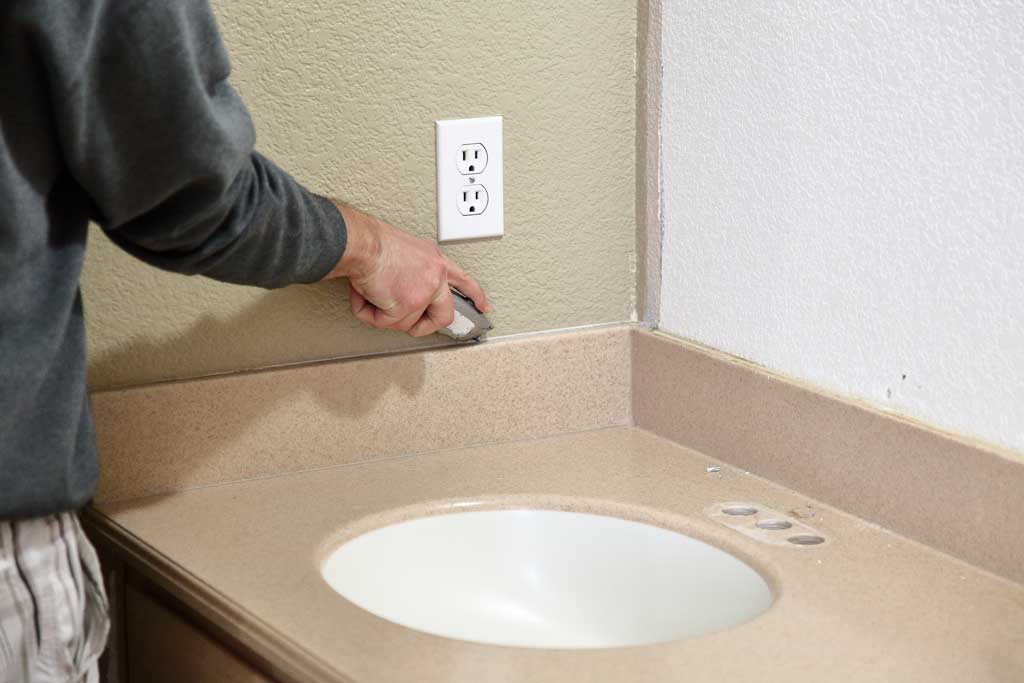
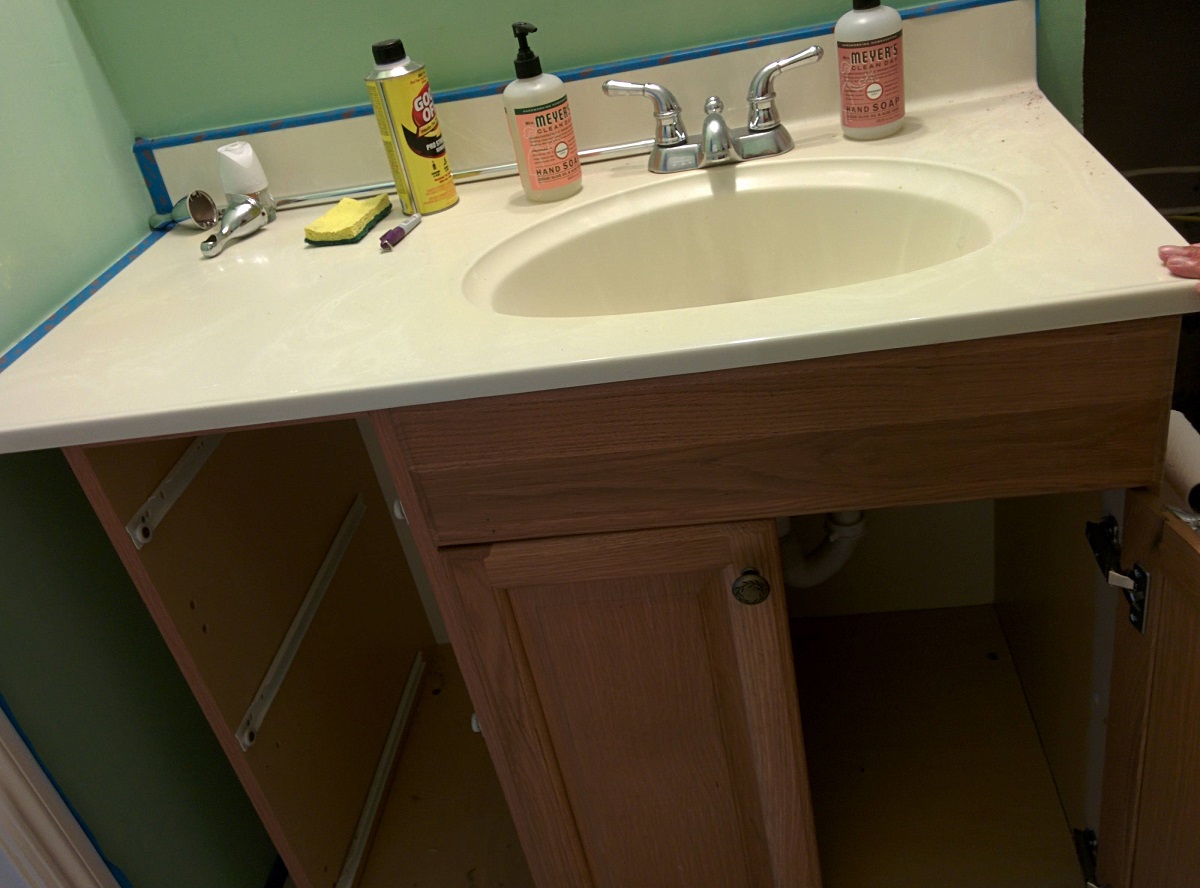
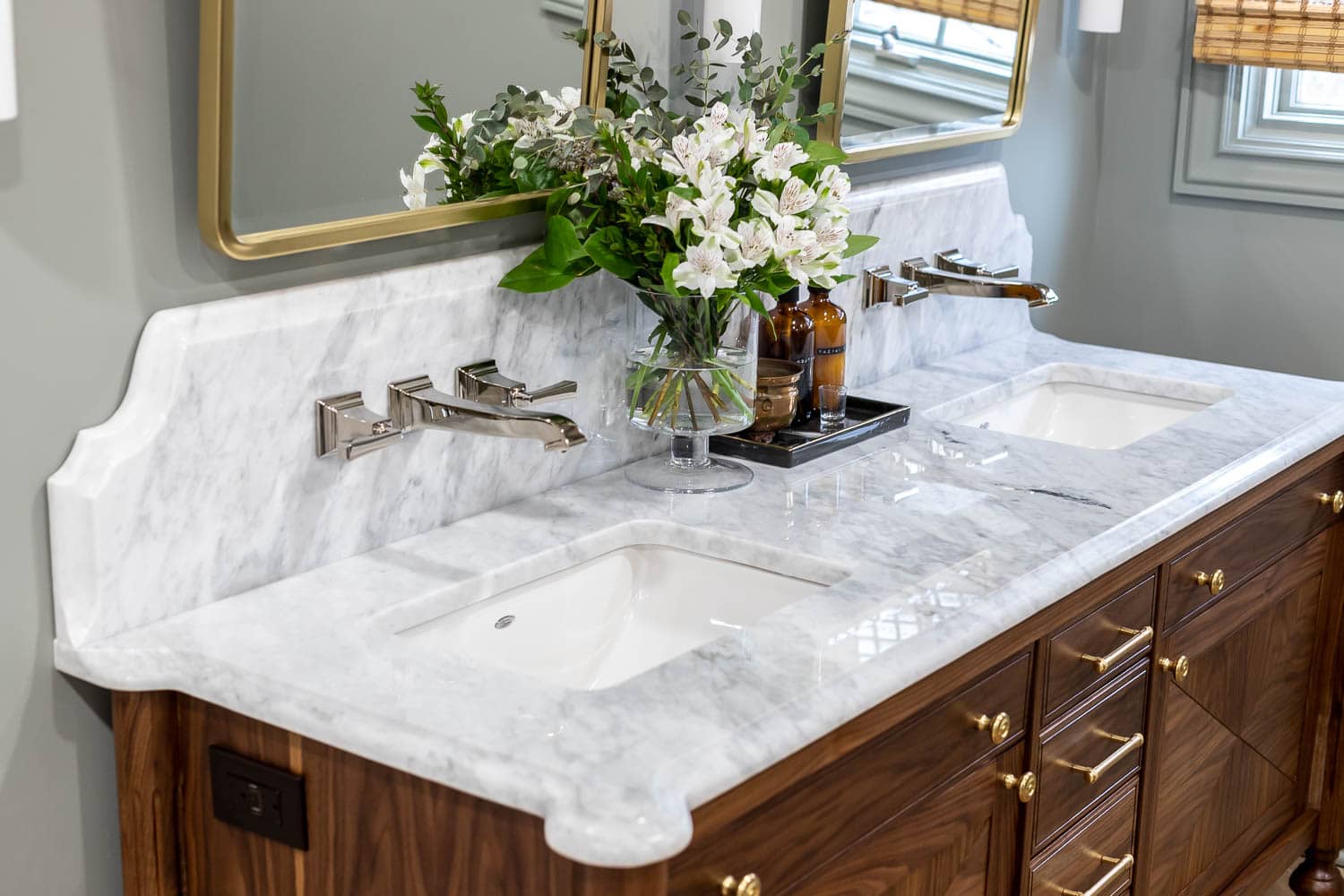
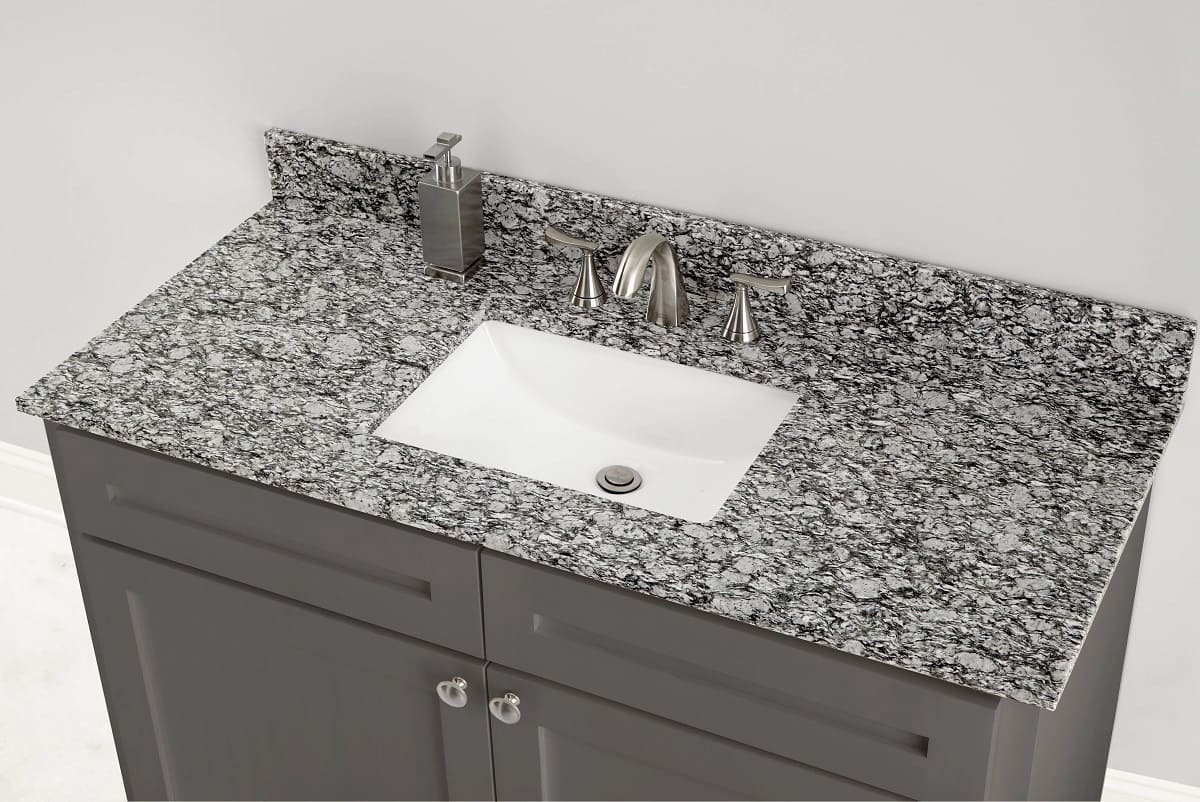
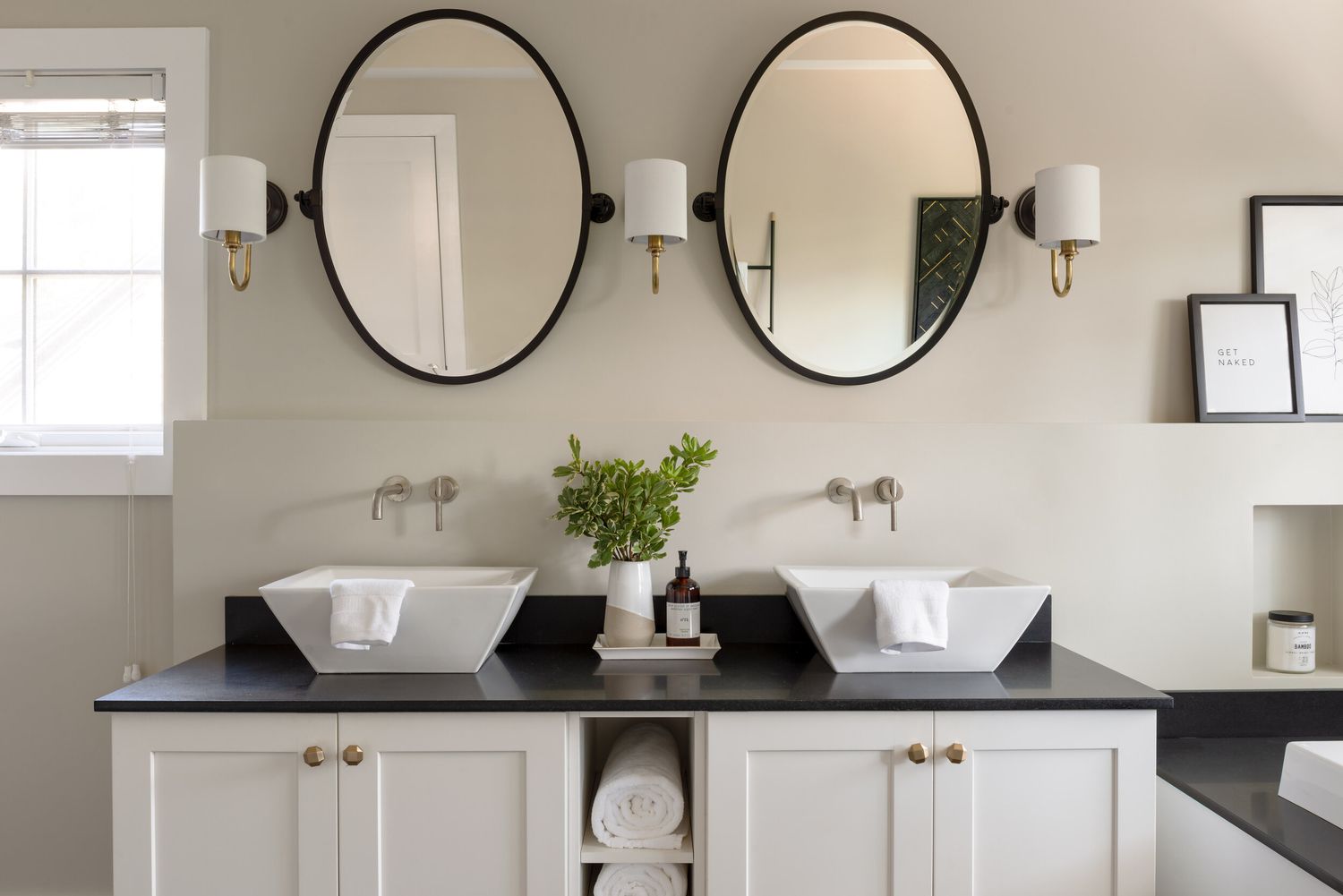
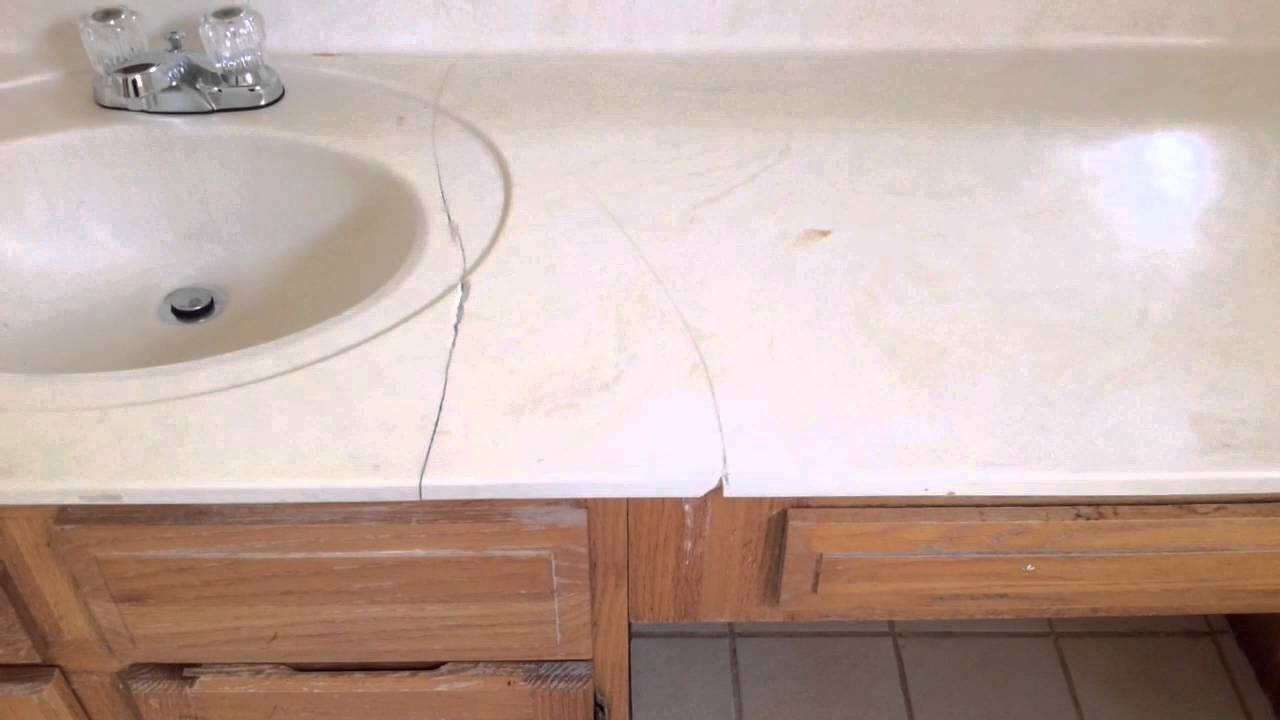
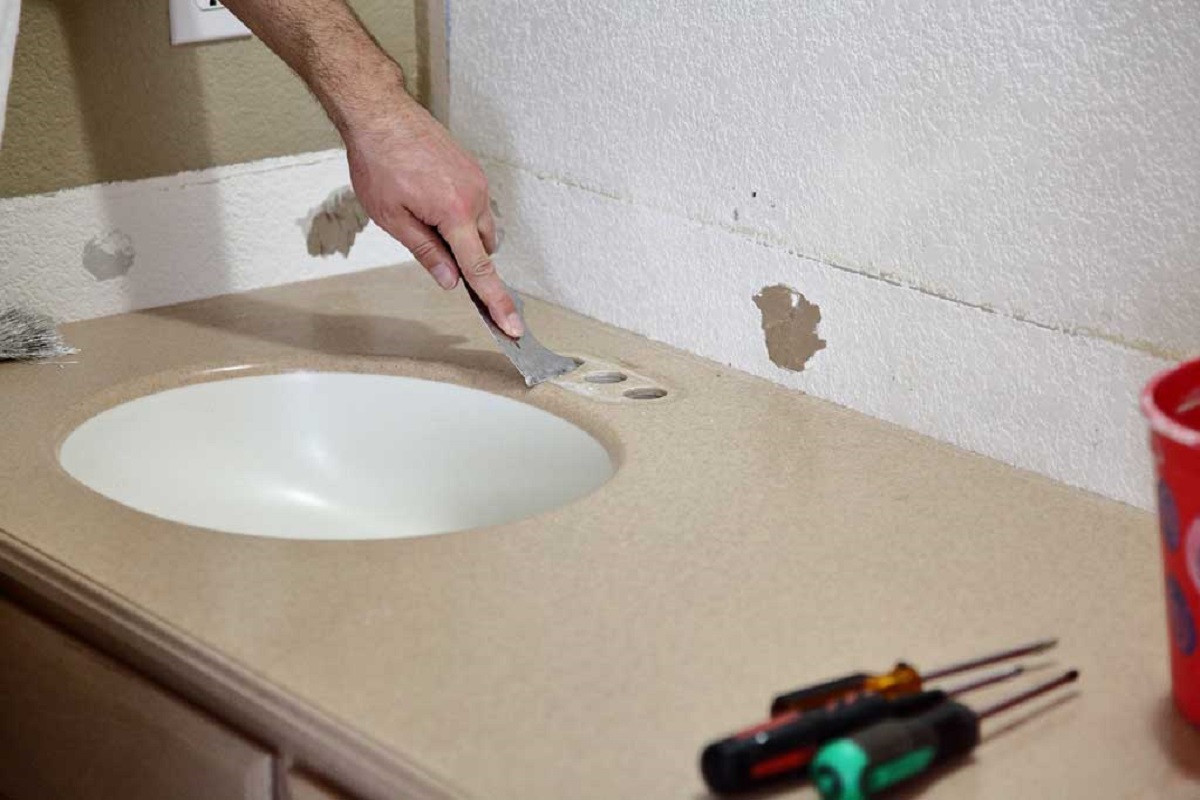
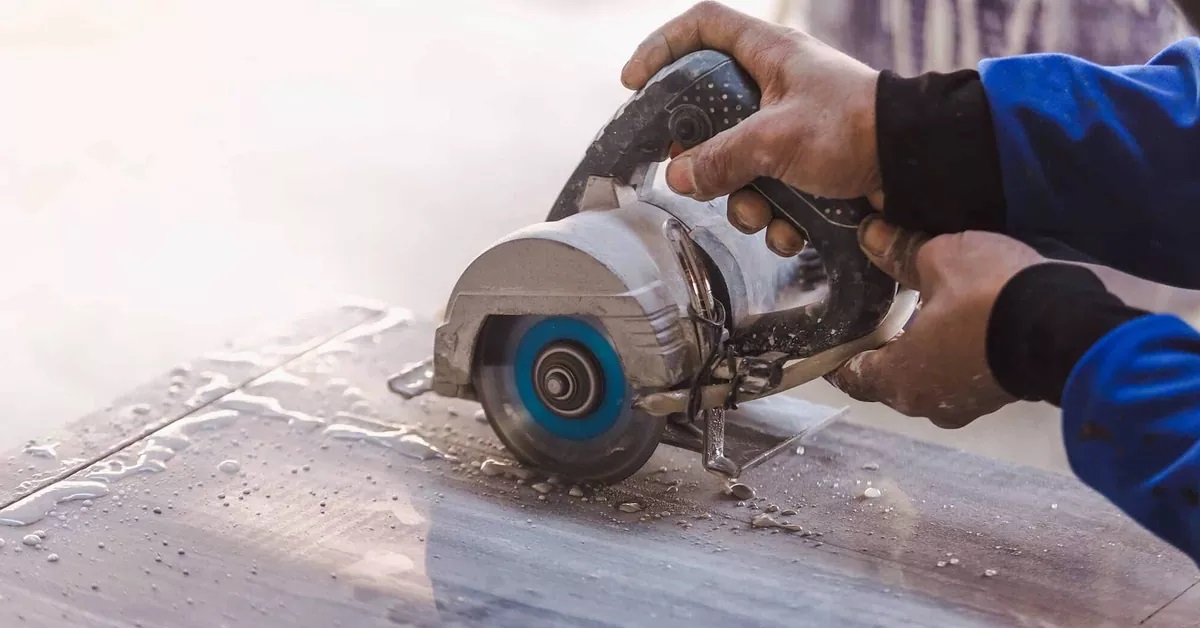
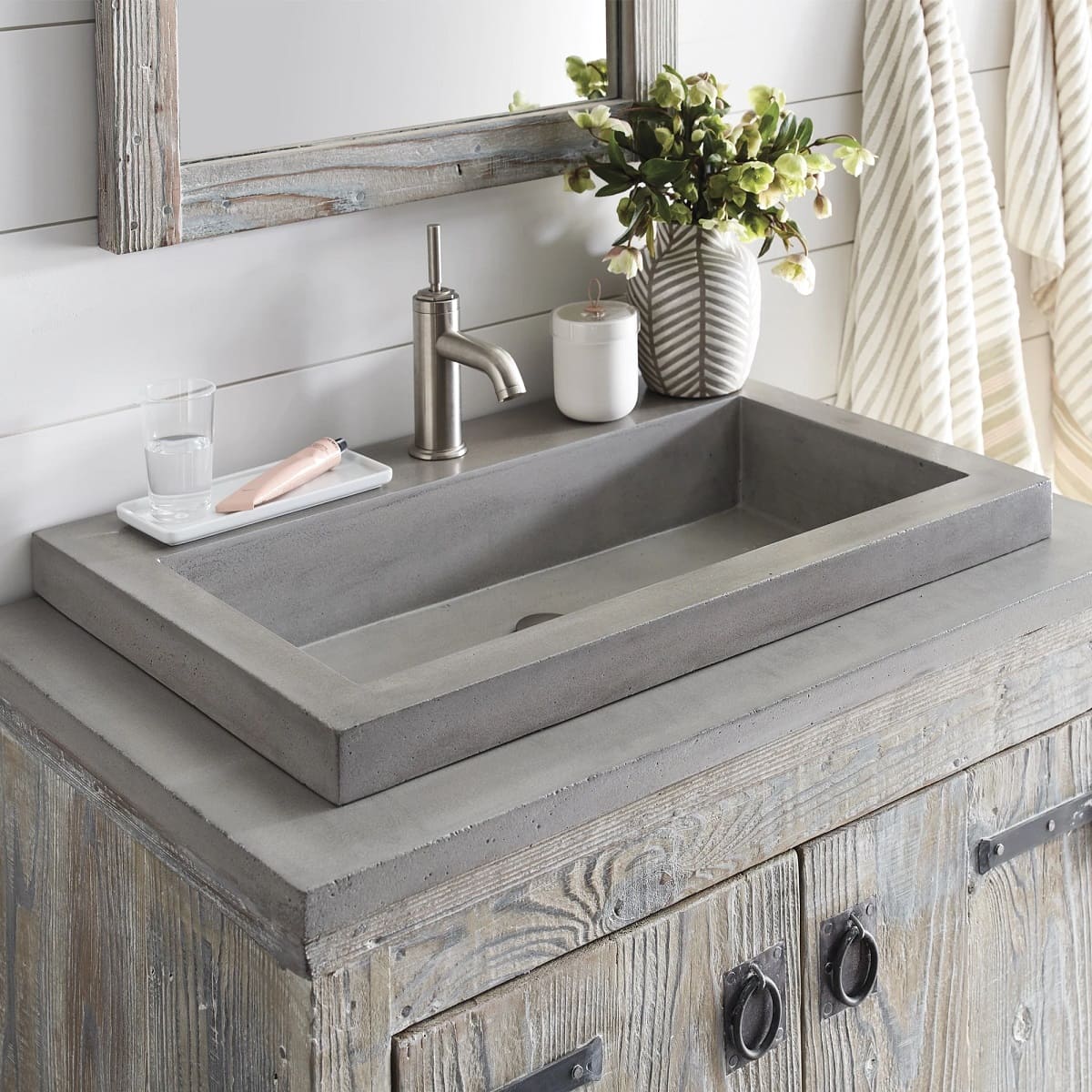
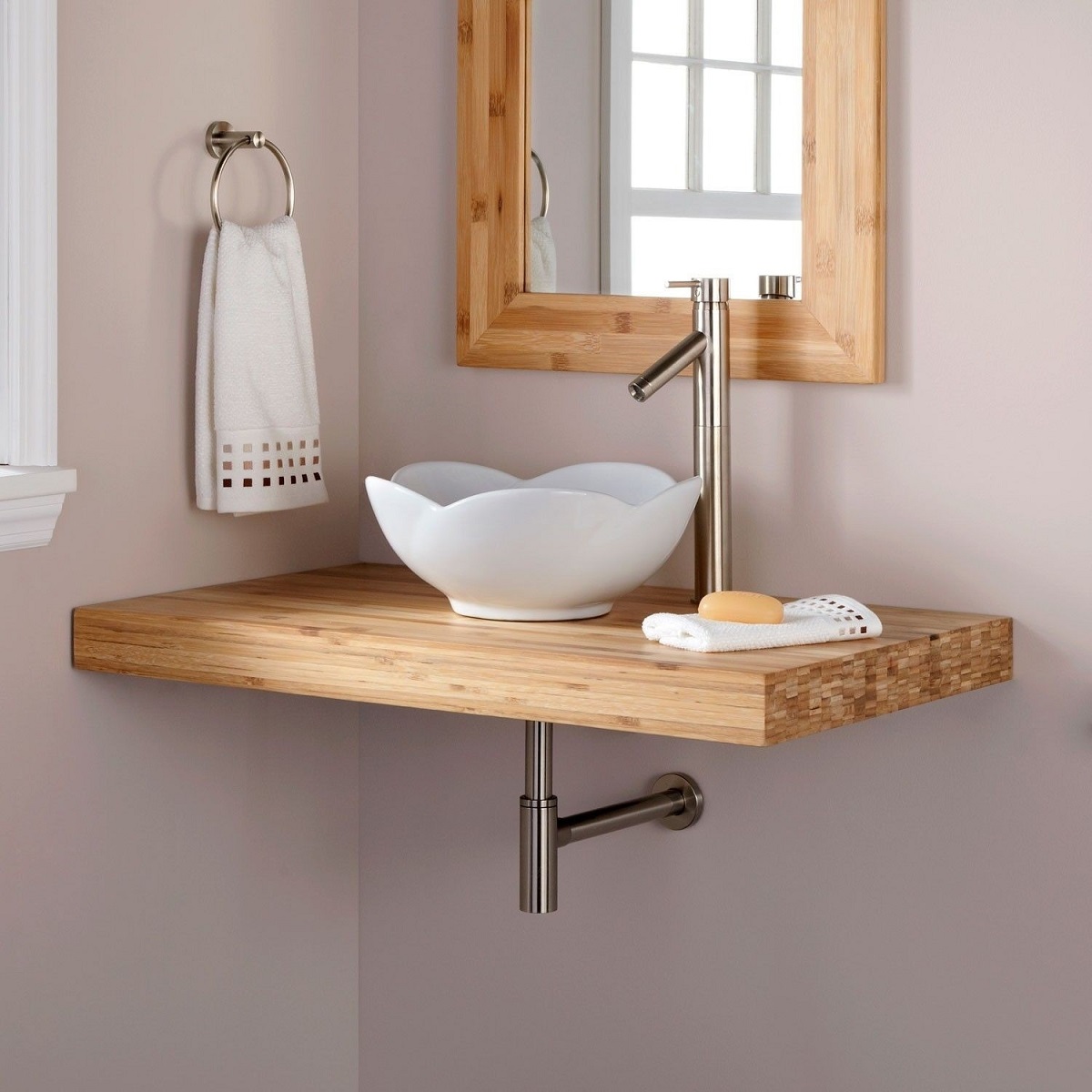
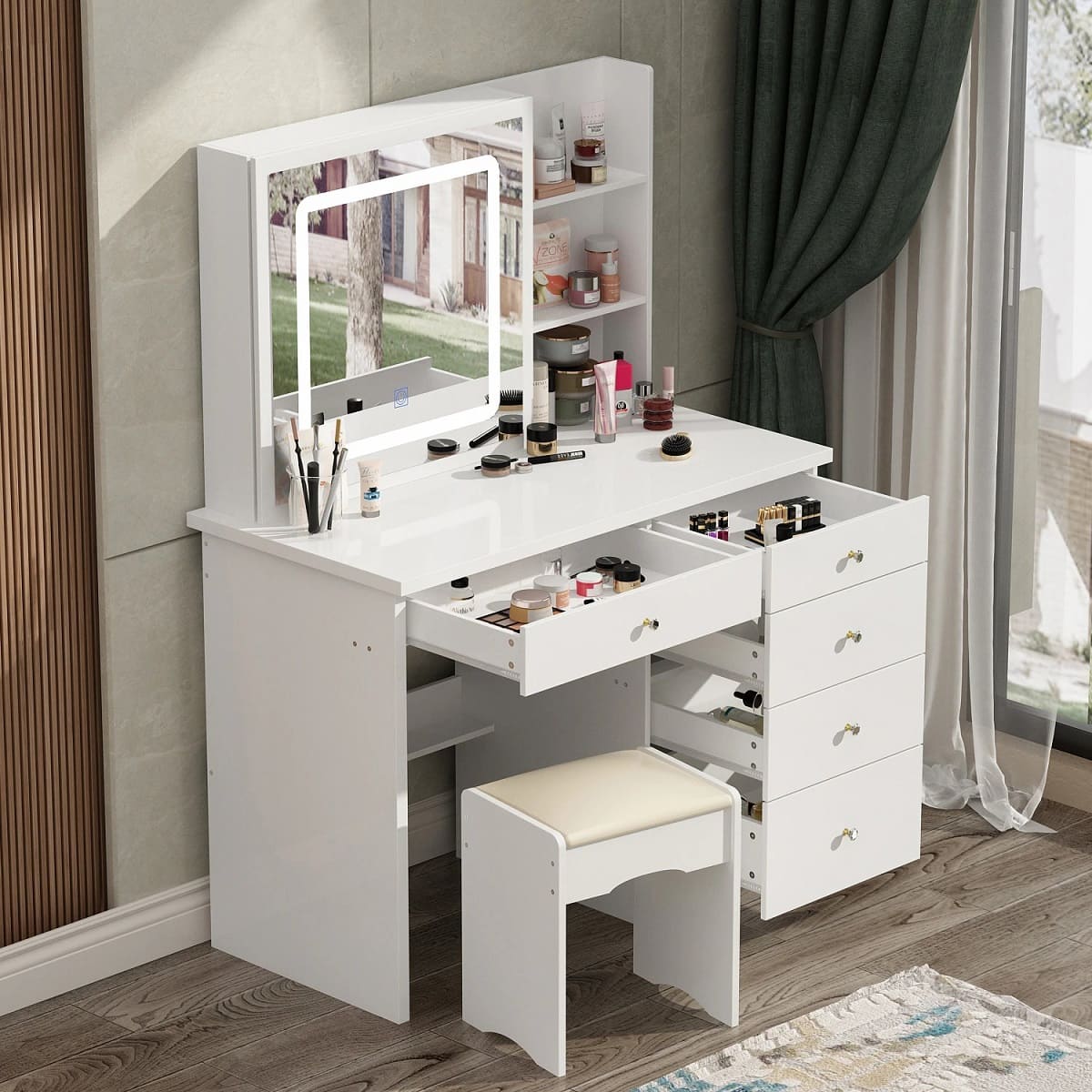
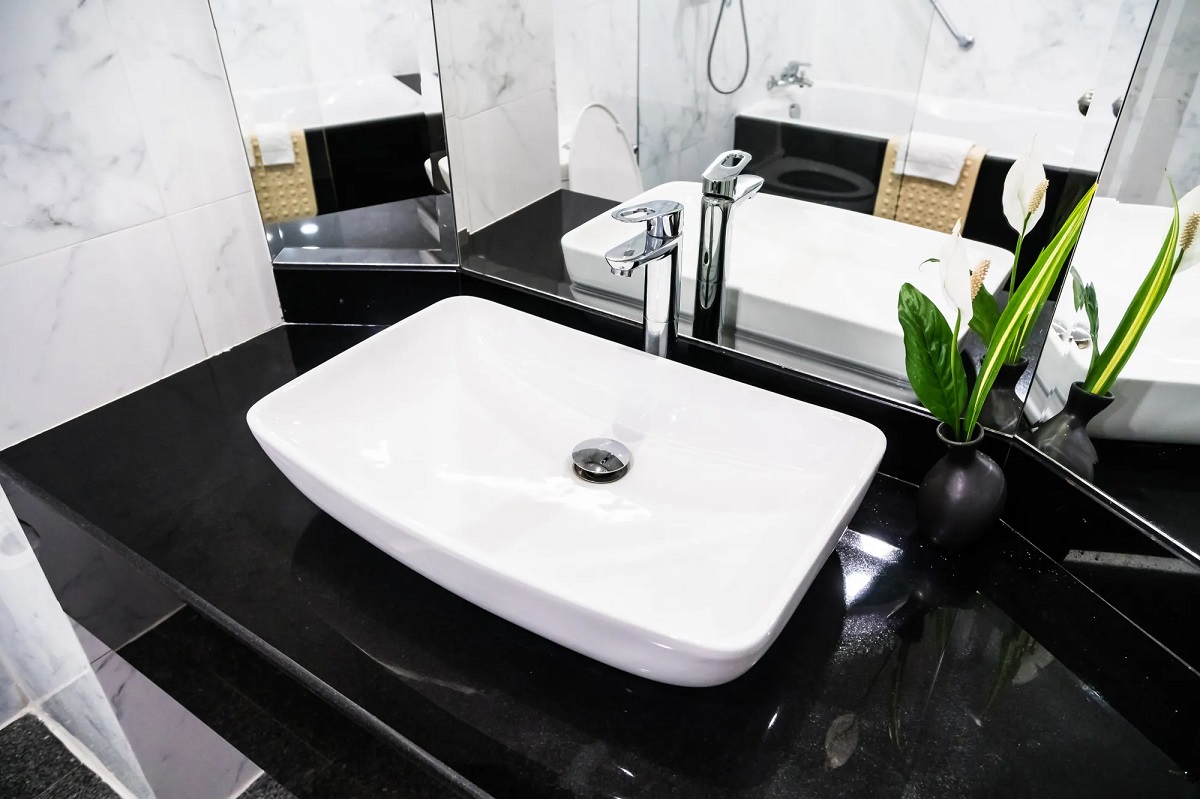
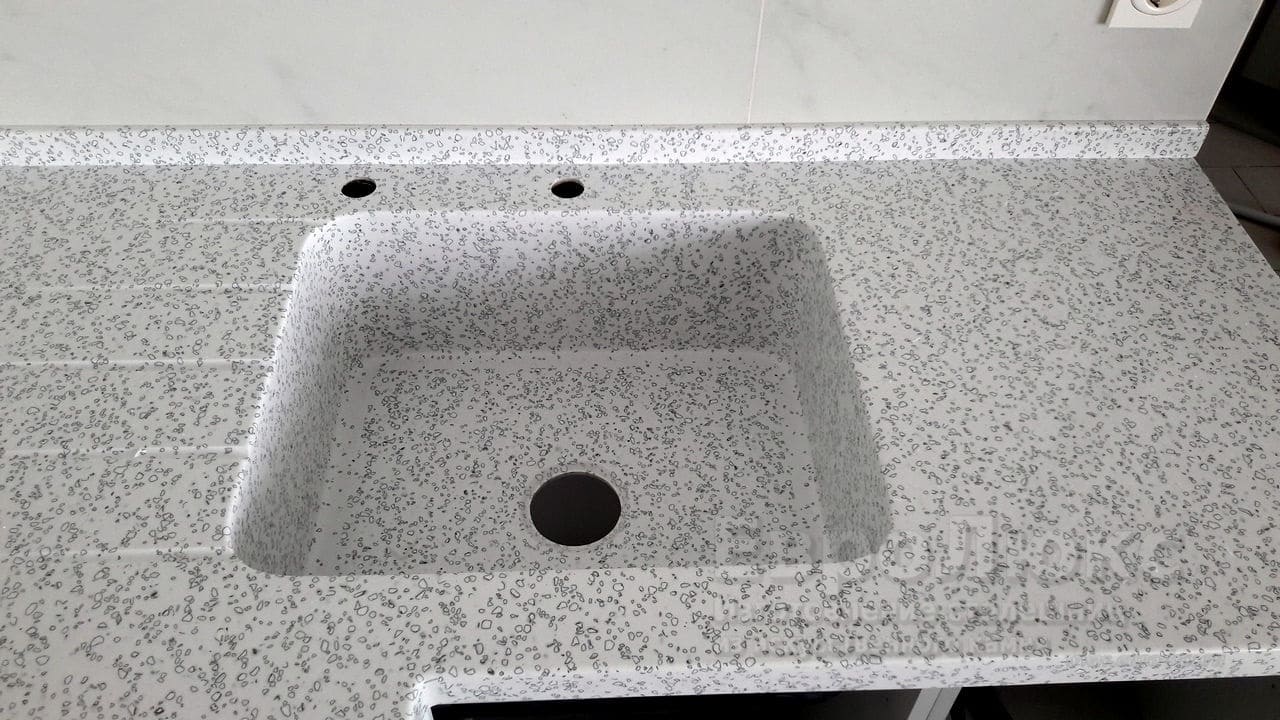

0 thoughts on “What Is The Best Material For A Bathroom Vanity Top”